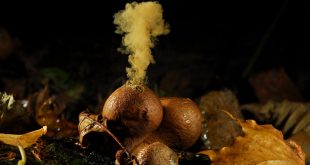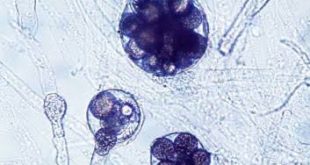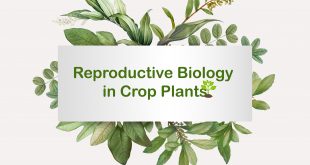Fungi are microscopic/macroscopic eukaryotic and heterotrophic organisms exhibiting growth on various natural and synthetic substrates and are capable of continuing their function almost indefinitely. Unlike other microorganisms such as algae, fungi lack the chlorophyll necessary for photosynthesis and must therefore live as parasites or saprobes. About 80 000 to 1,20,000 …
Read More »An Overview of Oomycetes
Oomycota: The organisms of Oomycota are not fungi in other words, they are Pseudofungi. They have been recognized as being notably different from the organisms included in the phylum Fungi for a long. As an illustration, in the classical concept, Oomycota species were allied with certain algae. However, because of a …
Read More »Reproductive Biology in Crop Plants: Part Two
Reproduction is one of the fundamental features of life on earth. Reproduction means ‘to produce’. Plant reproduction is a biological process by which plants produce new individuals or offspring. Reproduction enables the continuity of plant species, generation after generation. Modes of Reproduction Modes of reproduction in crop plants are mainly …
Read More »Reproductive Biology in Crop Plants: Part One
Reproduction is one of the fundamental features of life on earth. Reproduction means ‘to produce’. It is the way of producing offspring. In this article, basic ideas about plant reproduction including its modes and the significance of these modes will be discussed. Reproduction in Plants Plant reproduction is a biological …
Read More » Plantlet The Blogging Platform of Department of Botany, University of Dhaka
Plantlet The Blogging Platform of Department of Botany, University of Dhaka


